Gopabandhu Mohapatra
Odisha is a common landfall destination of tropical cyclones over the Bay of Bengal. Tropical Cyclones are those that are formed between the two tropics and rotate in the anti-clockwise direction. It is due to Sun’s warm air and moisture rise up from the surface of warm oceanic waters. Air rushes to fill the space in and this air, in turn, rises with humidity, creating a cycle of warm, moist air rising up. This system grows in height and size, spreading out and causing a tropical cyclone.
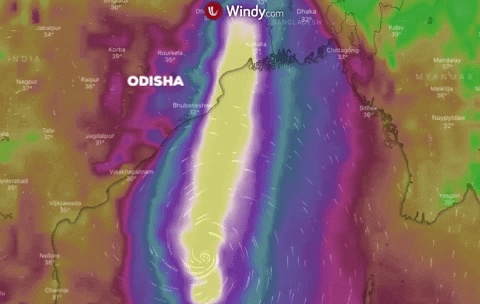
Evidence shows that many cyclones are highly seasonal, with pre-monsoon season (April and May) and post-monsoon season (mid- September to December). A few cyclones are also formed during monsoon months (June and September). The post-monsoon (October–December) season sees many more cyclones than the pre-monsoon (March–May) season, as hot dry air moves from land to ocean.
The geography and topography of Odisha plays a big role in acting as a magnetic field for tropical cyclones. Such cyclones and storms in the Bay of Bengal region, mainly travel in the northwest direction, upward owing to the shape of the Indian landmass. The Bay of Bengal usually records at least five cyclones in a year, out of which one is formed during the May-June period and the other four are formed during October-December period.
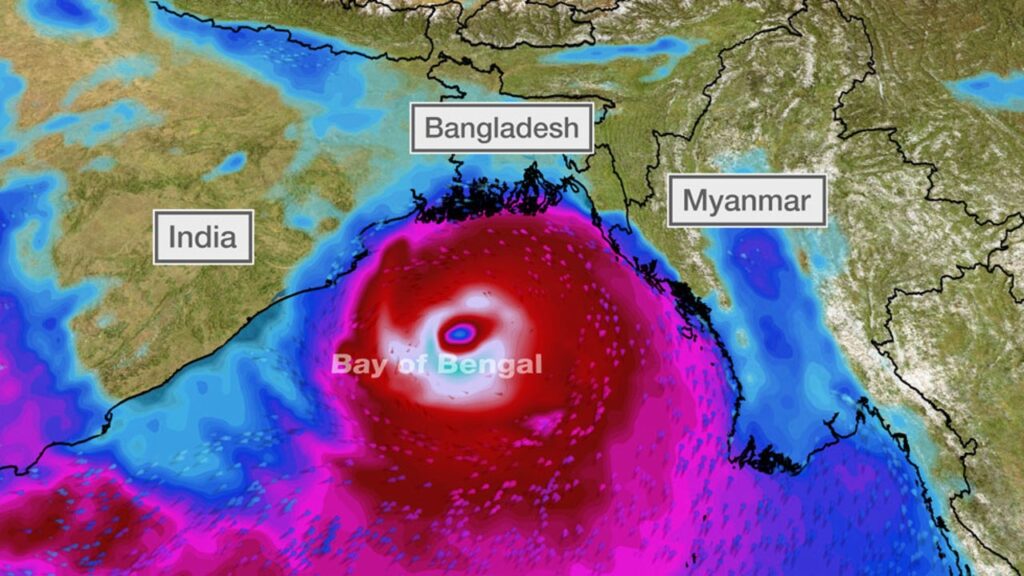
Sea surface temperature (SST) is one of the key elements that determine the formation of cyclones. Since SSTs are high during summer months and conditions are favorable for cyclone formation in May and June. The vulnerability is mainly for the coastal districts as Odisha.
| LIST OF CYCLONES SINCE 1999 | |||
| Name | Year | Winds (in km/h) | Brief Description |
| 1999 super cyclone | 1999 Oct 29th | 276 | The 1999 Odisha cyclone organized into a tropical depression in the Andaman Sea on 25 October, the storm rapidly intensified, attaining super cyclonic storm intensity on 28 October, before peaking on the next day with winds of 260 km/h (160 mph). The storm maintained this intensity as it made landfall on Odisha on 29 October. |
| Phailin | 2013 | 215 | Phailin intensified rapidly and became a very severe cyclonic storm on October 10. It approached the Indian state of Odisha and made landfall later that day, near Gopalpur in Odisha coast, at around 2230 IST on October 12. |
| Hudhud | 2014 | 185 | Hudhud intensified into a cyclonic storm on October 8 and as a Severe Cyclonic Storm on October 9. Hudhud underwent rapid deepening in the following days and was classified as a Very Severe Cyclonic Storm by the IMD. Shortly before landfall near Visakhapatnam, Andhra Pradesh, on October 12, Hudhud reached its peak strength with three-minute wind speeds of 185 km/h (115 mph) |
| Titli | 2018 | 110 | On October 6, a low-pressure area formed in the Andaman Sea. Over the next two days, the disaster entered the Bay of Bengal and became a depression on October 8. Afterward, the storm rapidly strengthened, becoming a Very Severe Cyclonic Storm on October 9. Titli made landfall near Palasa, Andhra Pradesh, at peak intensity between 4:30 a.m. and 5:30 a.m. IST on October 10–11. |
| Fani | 2019 | 250 | Extremely Severe Cyclonic Storm Fani was the strongest tropical cyclone to strike the Indian state of Odisha since the 1999 Odisha cyclone. Fani rapidly intensified into an extremely severe cyclonic storm and reached its peak intensity on 2 May. Fani weakened before making its landfall and dissipating on the next day. |
| Amphan | 2020 | 115 | Cyclonic Storm Amphan is a strong tropical cyclone over the Bay of Bengal threatening East India as well as Bangladesh. It is the first tropical cyclone of the 2020 North Indian Ocean cyclone season. Amphan is the first cyclonic storm in the Bay of Bengal since the 1999 Odisha cyclone. |
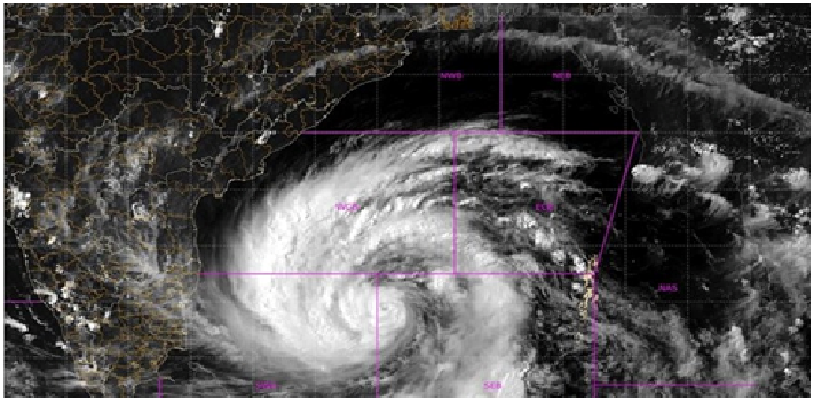
The Odisha Super Cyclone 1999, remains the strongest cyclone in the history of cyclones in this region. The severity of the Super Cyclone of 29 October, 1999 was devastating. The State of Odisha, gets hit by an average of one major aggressive storms every year. Last year it was hit by one Fani – caused huge damage. This year Cyclone Amphan which was formed in the North Indian Ocean, covered around an area of 700 km and measured 15 km in height.
Cyclone Amphan was expected as a massive in size, as it moved at a very high speed. This cyclone, which took a path parallel to the Odisha coast, has brought heavy to very heavy rainfall over districts of Jagatsinghpur, Balasore, Kendrapara, Bhadrak and Mayurbhanj along coastal Odisha. The Cyclone Amphan, which barrelled through the Odisha coast on 20th May, leaving behind a trail of destruction in the shape of damaged houses, uprooted trees and flattened electricity poles, has compounded the miseries.
At last Cyclone Amphan made landfall in between Digha and Sundarban Delta of West Bengal and Banglagesh by the evening of May 20. The wind speed when it hits land was 165-175 kmph gusting to 195 kmph. Districts in West Bengal, including east and west Mednipore, south and north 24 Parganas, Howrah, Hoogli and Kolkata would be affected severely.
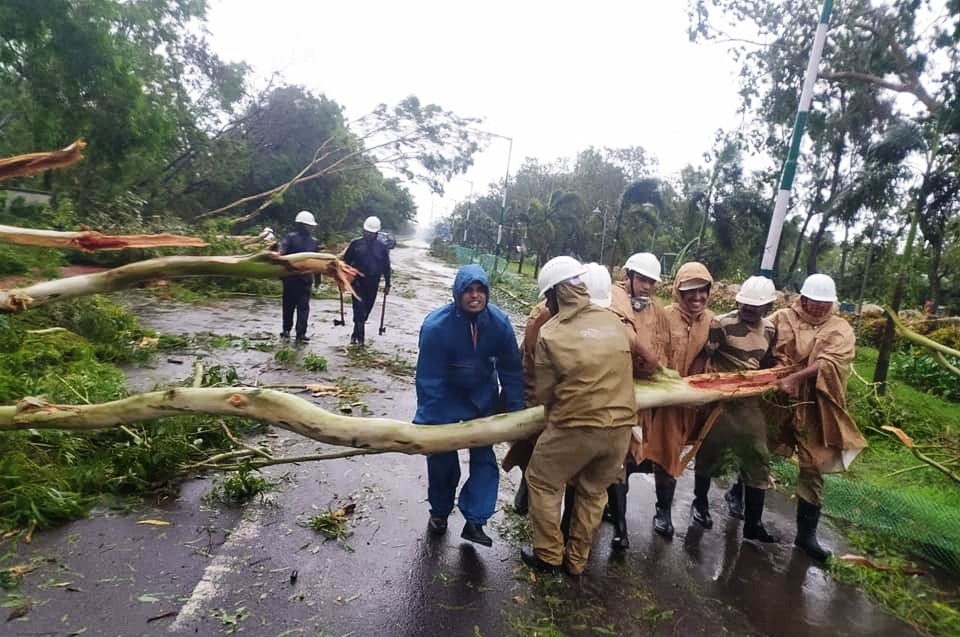
The cyclone’s strong winds cause significant damage to infrastructure like electricity. 30 lakhs consumers are affected for days. This kind of damage causes huge losses to livelihoods and the local economy. Recovering from these losses is a big challenge. People don’t have insurance to claim on damage that is done to crops, goods or livestock.
Coastal areas are the first areas to get hit and the impact is immediately felt as homes are mostly built using local, cheap material – like wood, woven mats, mud or metal sheets. These building techniques can make hundreds of thousands homeless if the cyclone is of higher category.
Odisha is one of the poorest State in the Country. Though it has huge marine, mineral, and tourism potential, it’s very much dependent on primary resources, like agriculture, fishing, forestry, and mines. Despite the frequency and damages caused by the cyclones, very little has been done to track and understand their economic impact.
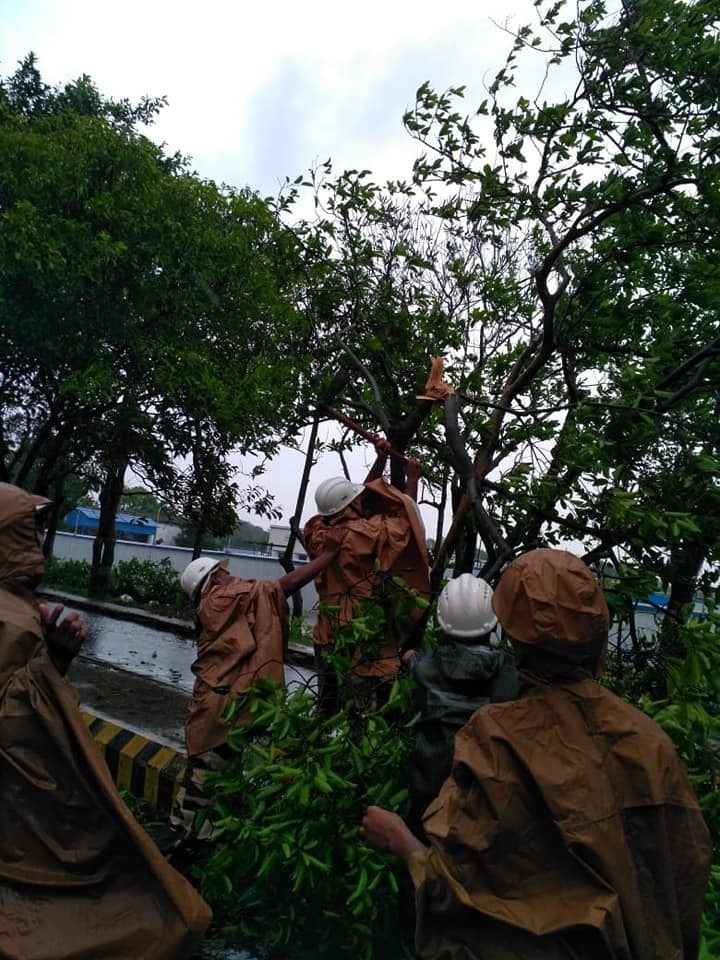
The most important economic unit is the village. Over the years, Orissa has witnessed a trend decline in the incidence of poverty. But, years of development have not changed its economic condition. Natural calamities like Cyclone, flood, drought etc. are one cause or the other.
Nevertheless, a lot has changed since the 1999 Odisha Cyclone. Improved weather forecast and early evacuation has consistently reduced damage caused by cyclones throughout the state. ‘Construction of Cyclone Relief Centres’, is a lesson from the instance of the Super-Cyclone of 1999. It is very clear that the Odisha state is losing a huge amount of capital in almost every year due to the natural calamities and thereby causing poverty in the State.
Even though the Government of Odisha has taken a major step by formulating Orissa State Disaster Mitigation Authority (OSDMA) soon after the Super Cyclone, yet this concept needs more intensive research, skilled and experienced personnel, a deliberate debate and high level discussion to find out an effective solution in order to cater to the ill effects of natural calamities on the economy of the state. Odisha needs to invest more strategically, for prevention and to decrease the costs of future disasters.
(The writer is a former banker. Views expressed are personal)






















Nice article regarding the cyclones.its really horrible situation for our state like Odisha,as we are facing it continuously from some recent past years.Who knows better than who experience and witness it. Technology has developed a lot but unfortunately no body has control over the natural calamity.what we can do is awareness about the cyclone from which preparedness can be done to minimise the impacts.
Very informative, helped me in my school project.